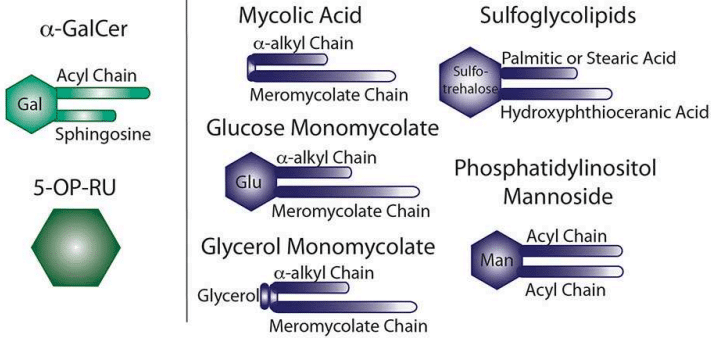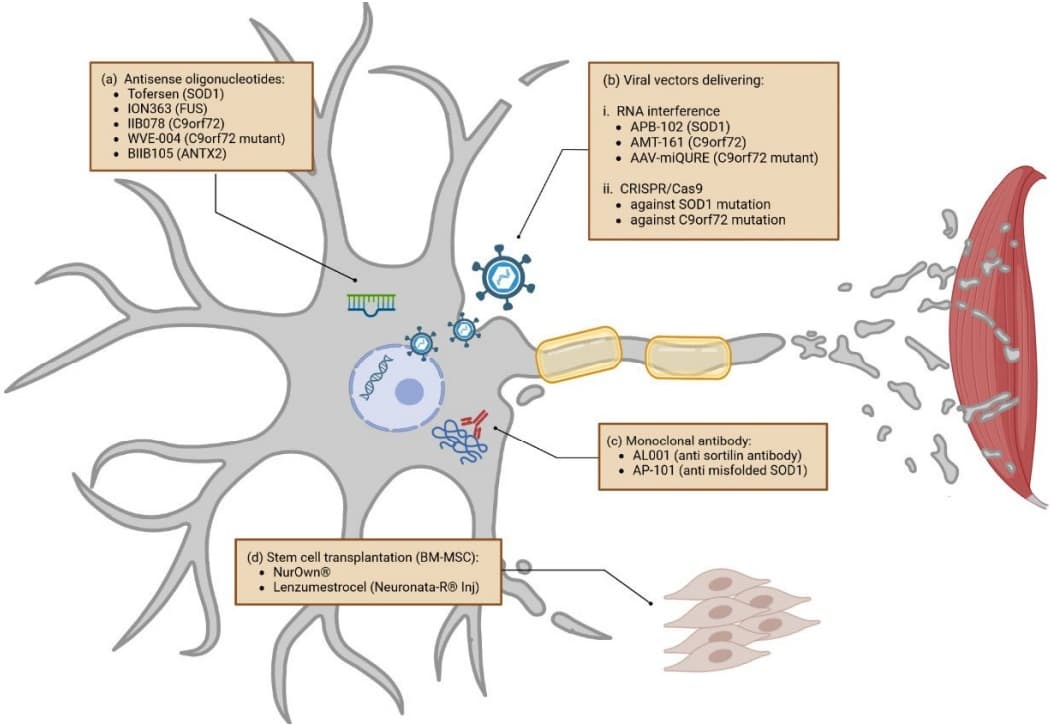NAA Services for Anti-Sulfoglucuronyl Paragloboside (SGPG)
With the rapid development of disease diagnosis market, natural autoantibodies (NAA) have been extensively used for the diagnosis of a variety of disease. Experienced scientists at Creative Biolabs are committed to providing high-quality autoantibody analysis services to contribute to the success of your project. At present, we are capable to provide comprehensive services for sulfoglucuronyl paragloboside (SGPG) biomarker.
Background of Sulfoglucuronyl Paragloboside (SGPG)
SGPG, a unique glycolipid, is present in both peripheral nerve and vascular endothelial cells, which are important structures in the blood-brain barrier (BBB) and blood-nerve barrier (BNB). SGPG is also known as an adhesion molecule, which serves as one of the ligands for L-selectin. Papers have described the presence of anti-glycolipid antibodies in some amyotrophic lateral sclerosis (ALS) patients, implying autoimmunity in its pathogenesis. Anti-glycolipid antibodies, which react with SGPG on the surface of endothelial cells, may take part in the activation and/or injury of endothelial cells, subsequently facilitating the expression of E-selectin. The increased expression of E-selectin in activated endothelial cells may be related to an immunological process in some ALS patients.
 Fig.1 Sulfoglycolipids as a mycolipid antigen.1
Fig.1 Sulfoglycolipids as a mycolipid antigen.1
The Role of Anti-SGPG Antibodies in Amyotrophic Lateral Sclerosis (ALS)
ALS is a degenerative disease affecting upper and lower motoneurons characterized by progressive weakness and muscle atrophy. Immunological abnormality is often found in ALS. Some glycolipids have been reported as target antigens in various peripheral neuropathies. In human pathology, SGPG was mainly reported to be a target antigen in demyelinating peripheral neuropathies associated with IgM monoclonal gammopathy. High titers of anti-SGPG antibodies, found in some sera of ALS patients, could have a pathogenic role. Supported by numerous scientific research results, it is doubtless to conclude that anti-SGPG antibody can be used as a serum biomarker of ALS. The antibody may be useful for diagnosing ALS before symptoms occur, and also for monitoring of new therapeutic strategies.
 Fig.2 Therapies currently being tested in amyotrophic lateral sclerosis.2
Fig.2 Therapies currently being tested in amyotrophic lateral sclerosis.2
What We Can Do about NAA?
Creative Biolabs has accumulated abundant relevant research experience in NAA field. Our NAA services can cover every step of your project, from NAA detection and NAA profiling to NAA epitope mapping. A wide spectrum of NAA products is available for your choice.
Features of Our Anti-SGPG Services Including but Not Limited to
- High accuracy and high throughput for NAA detection and profiling
- Fast turnaround time and competitive pricing to ensure your time and cost budget
- Customized experimental design services to meet every specific demand
Clinically, an increased incidence of autoimmune disorders, high levels of paraproteinemia and serum antibodies binding to some gangliosides have been reported. As a leading company in the disease diagnosis market, Creative Biolabs is committed to offering integrated services for the diagnostics of numerous kinds of disease, which include but not limited to ALS for SGPG marker. Additionally, we also provide customized service to meet every client's demands. To get more information and a detailed quote, please feel free to contact us.
References
- James, Charlotte A., and Chetan Seshadri. "T Cell Responses to Mycobacterial Glycolipids: On the Spectrum of “Innateness”." Frontiers in Immunology 11 (2020): 170.
- Tzeplaeff, Laura, et al. "Current State and Future Directions in the Therapy of ALS." Cells 12.11 (2023): 1523.

